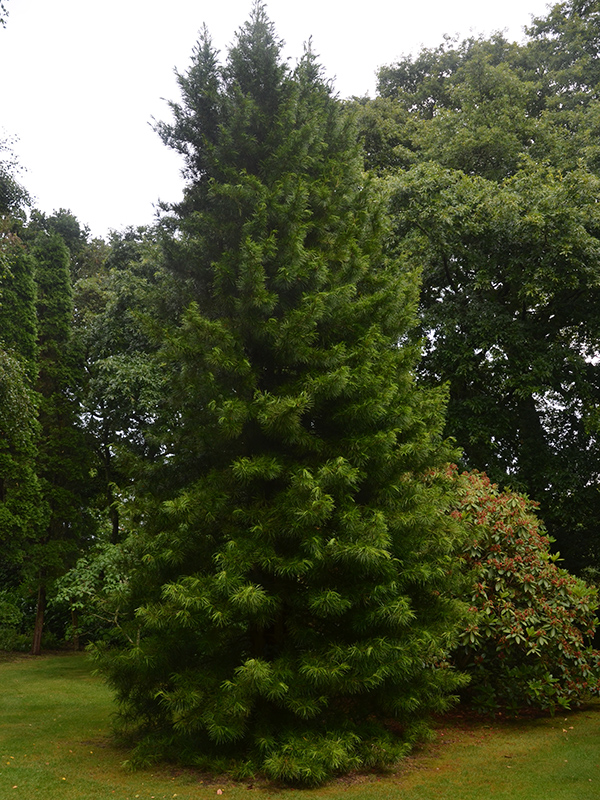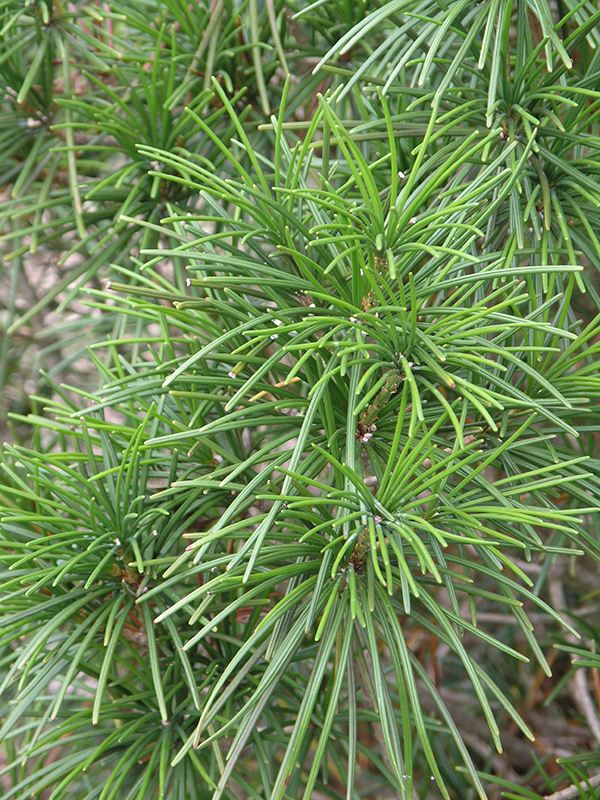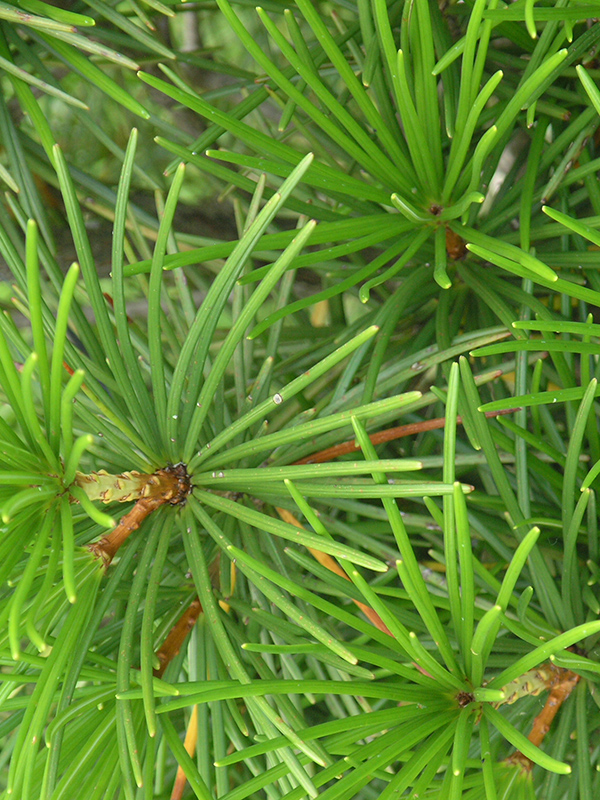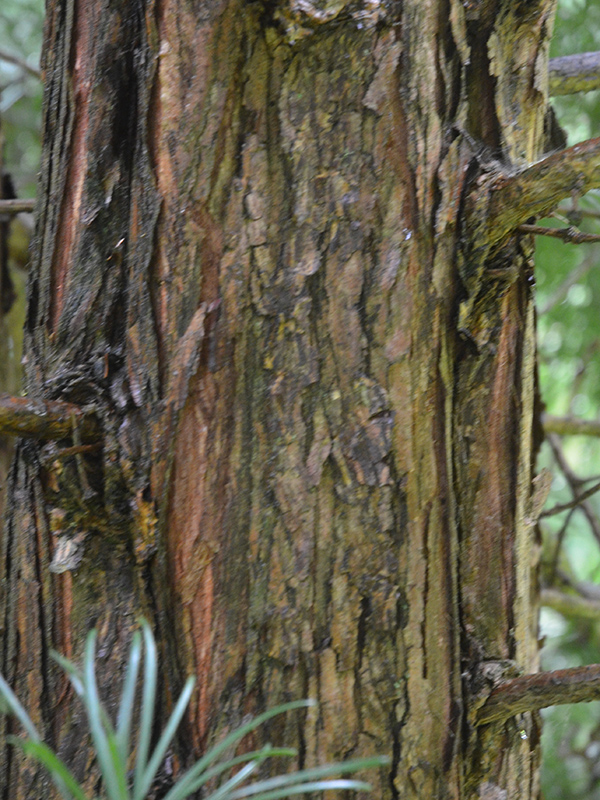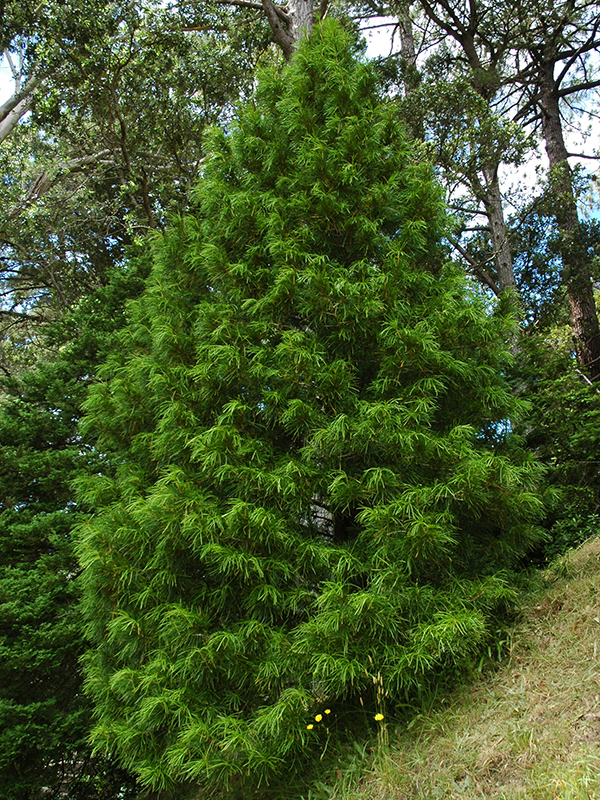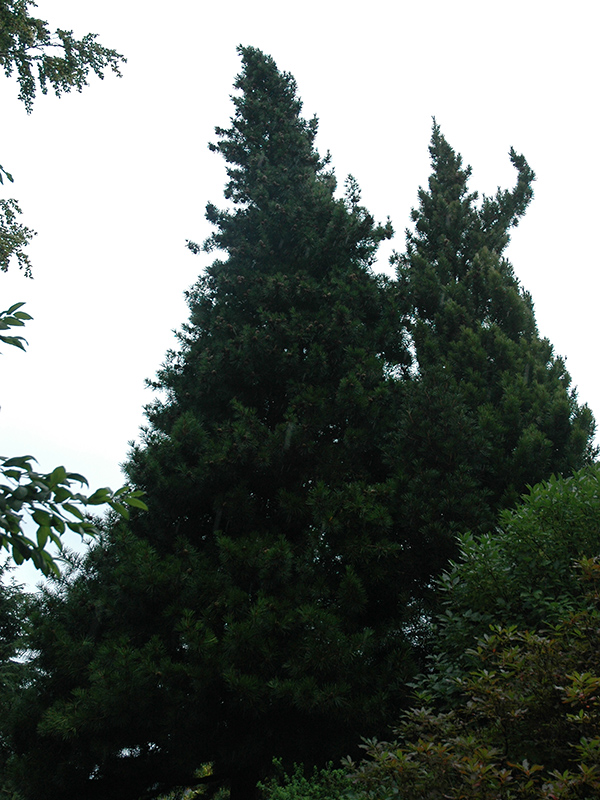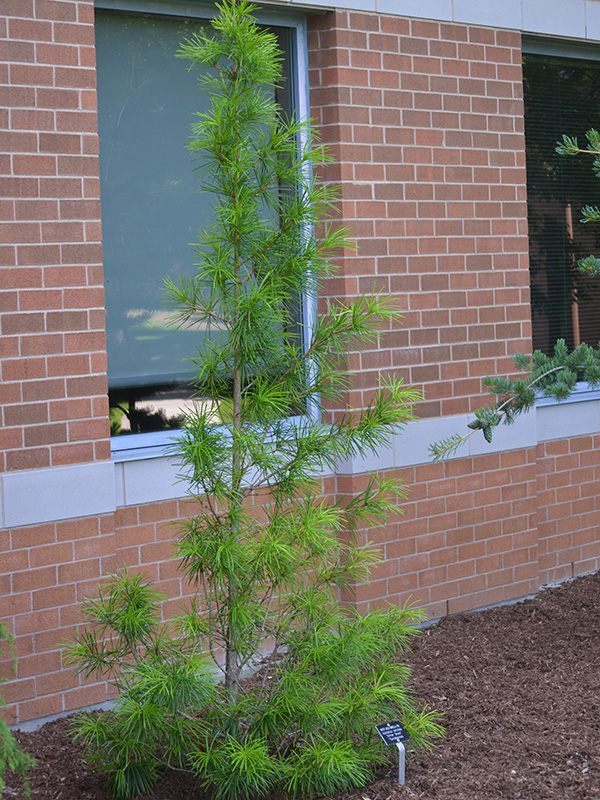
Woody > Sciadopitys > Sciadopitys verticillata > Sciadopitys verticillata
Sciadopitys verticillata
Japanese Umbrella Pine
Origin: Valley of the Kisogawa in central Hondo, Koyasan area in east central Hondo, Japan. The wood from this tree is used to make boats. This tree is one of the five sacred trees of Japan. Introduced in 1861.
Mike's
Opinion


"
A challenge to grow in Ontario, Canada, however since it is such an elegant tree it is well worth the effort. I have not seen a large specimen in Ontario nor do I expect to since we are at the edge of its hardiness limits. It does need some form of winter protection in the London, Ontario, Canada area.
Michael Pascoe, NDP., ODH., CLT., MSc. (Plant Conservation)
"
| Family |
| Sciadopityaceae (Pinaceae) |
| Genus |
| Sciadopitys |
| Species |
| verticillata |
| Category |
| Woody |
| Type |
| Tree (evergreen) |
| Pronunciation |
| USDA Hardiness Zone |
| 6b - 7a |
| Canadian Hardiness Zone |
| 6 |
| RHS Hardiness Zone |
| H6-H7 |
| Temperature (°C) |
| -23 |
| Temperature (°F) |
| -10 |
| Height |
| 7-30 m |
| Spread |
| 5-7 m |
Photographs
Description and Growing Information
Flowering Period
| General Description |
| A slow growing, unusual plant that has very interesting textural properties due to its unusual leaf arrangement. |
| Landscape |
| Primarily used as a specimen, but also used as a lawn tree, rock gardens, decoration or as an accent. Does best in full sun and in rich, moist acidic soils. Has high salt tolerance. |
| Cultivation |
| Prefers rich, moist acidic soils and full sun. It may need wind protection in winter thus proper sight selection is very important. |
| Shape |
| Broadly pyramidal to spire-like. |
| Growth |
| Slow |
| ID Characteristic |
| A unique, interesting texture, needled evergreen tree. Branch tips end in whorls of 20-30 flat needle-like leaves. |
| Pests |
| No serious pests or diseases. |
| Habitat |
| Middle cloud forests at roughly 500-1000 m with high rainfall and humidity. |
| Bark/Stem Description |
| Thin, smooth, orange to red-brown and exfoliating in long strips. The bark is quite handsome but is essentially hidden by the foliage. |
| Flower/Leaf Bud Description |
| The buds are ovoid, 3-4 mm across, and only produced at the shoot tips. |
| Leaf Description |
| Small, scaled-like, glaucous-green groove, dark glossy green, thick and the way the needles radiate around the stem creates an 'umbrella' effect. |
| Flower Description |
| Monoecious, terminal and subtended by a small bract. Female flowers are single, terminal with a small leaf underneath. Male flowers are 2.5 cm long racemes. |
| Fruit Description |
| Cones are oblong-ovate, 5-10 cm upright. Cones are green their first year, turning brown in their second year. Each cone produces 5-9 seeds. |
| Colour Description |
| Leaves are dark green and glossy above throughout the year. Cones are green at first, ripening to brown within the second year. |
| Texture Description |
| Medium-coarse, one of the most interesting conifers for textural effect. |
| Notable Specimens |
| Rayner Gardens, London, Ontario. The Gardens of Fanshawe College, London, Ontario, Canada and The A.M. Cuddy Garden, Strathroy, Ontario, Canada. Pinetum Park and Pine Lodge Gardens, Cornwall, England. |
| Propagation |
| Either warm stratification for 100 days in moist sand at 17-21 °C or cold for 90 days in moist, acid peat at 0-10 °C. |
